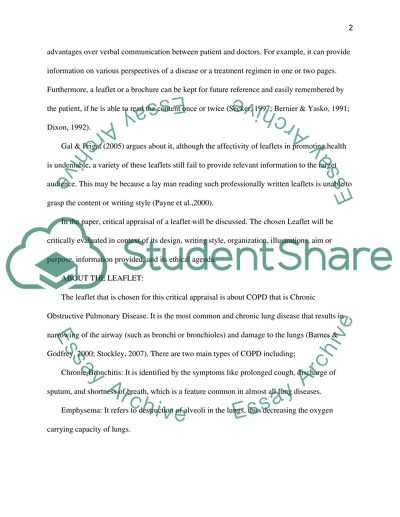Cite this document
(“Health Education Leaflet Critique Essay Example | Topics and Well Written Essays - 1500 words”, n.d.)
Retrieved from https://studentshare.org/nursing/1598321-health-education-leaflet-critique
Retrieved from https://studentshare.org/nursing/1598321-health-education-leaflet-critique
(Health Education Leaflet Critique Essay Example | Topics and Well Written Essays - 1500 Words)
https://studentshare.org/nursing/1598321-health-education-leaflet-critique.
https://studentshare.org/nursing/1598321-health-education-leaflet-critique.
“Health Education Leaflet Critique Essay Example | Topics and Well Written Essays - 1500 Words”, n.d. https://studentshare.org/nursing/1598321-health-education-leaflet-critique.


